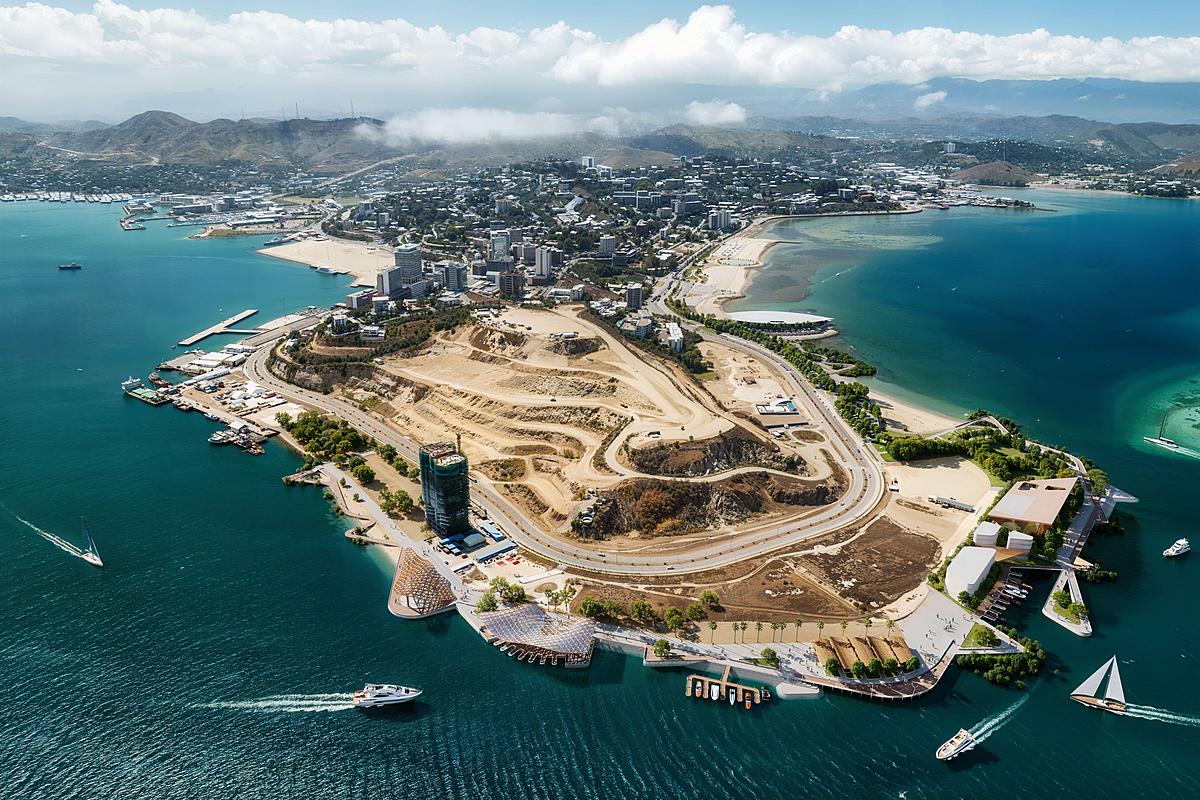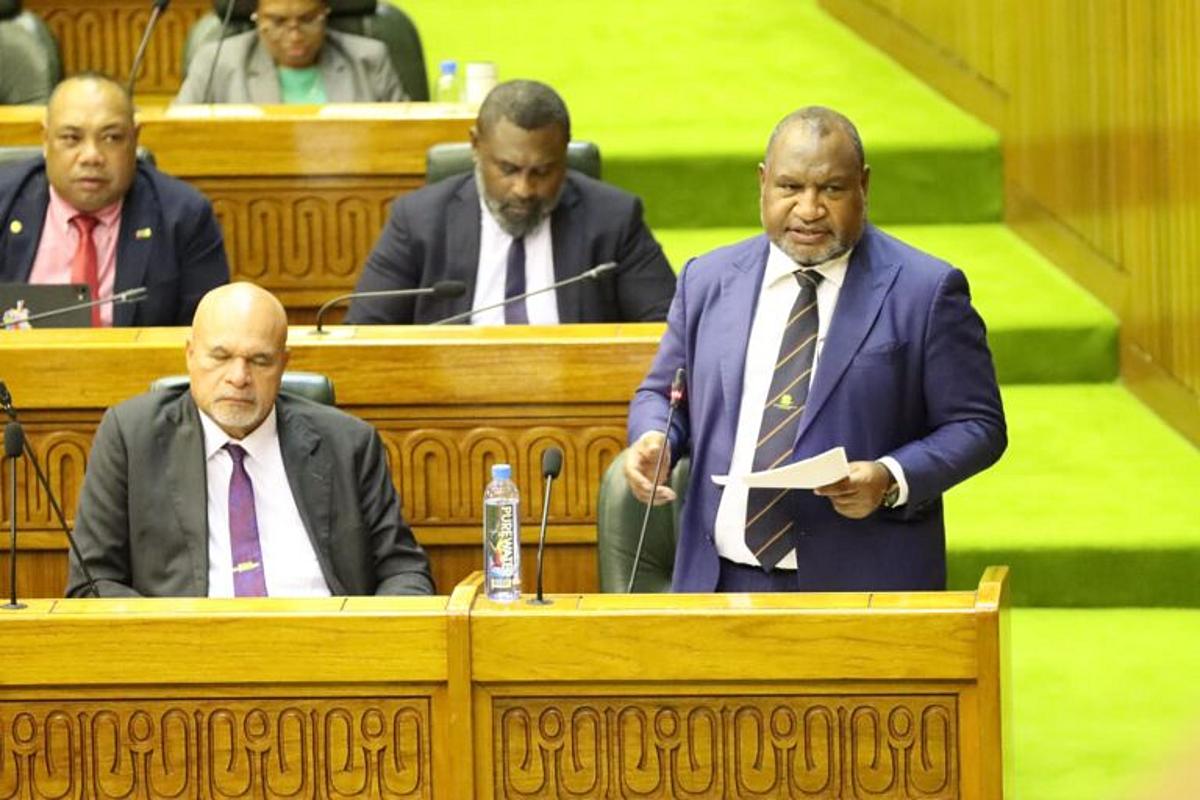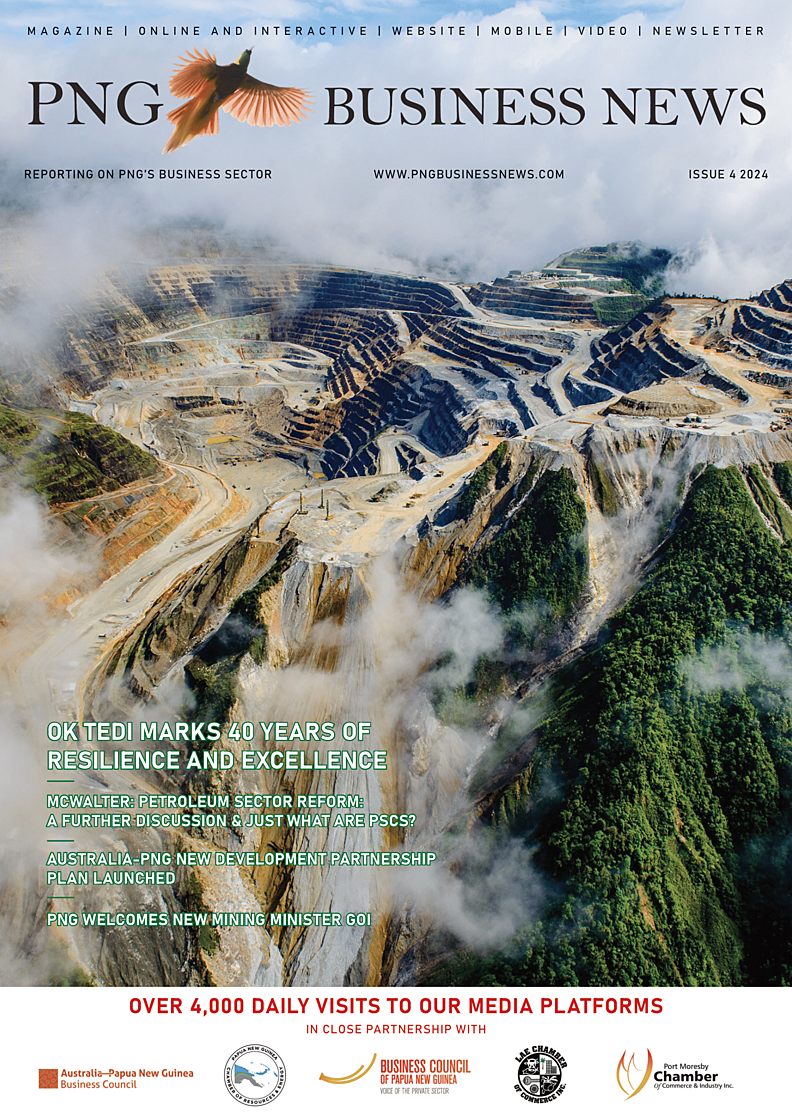The latest international commodity price data published by the World Bank in April 2019, show improvements for most of PNG’s export commodity prices of energy, metals and non-energy commodities, compared to actual outcomes in December 2018.
Bank of PNG Governor, Loi Bakani stated that price for Liquefied Natural Gas (LNG) based on imports to Japan increased by 0.7 percent to US$11.87 per one million British thermal units (btmu), while price of crude oil by West Texas Intermediate fell by 6.6 percent to US$54.9 per barrel.
The prices of most metals and mineral increased, with price of silver increasing by 6.8 percent to US$15.6 per ounce, gold by 6.1 percent to US$1,304.0 per ounce and copper by 1.8 percent to US$6,226 per metric tonne (mt).
For non-energy commodities, prices increased for palm oil by 5.8 percent to US$578 per metric tonne and coffee (Arabica) by 2.8 percent.
to US$2.24 per kg, while cocoa fell by 5.1 percent to US$2.95 per kg. Governor Bakani encouraged the export sector to take advantage of some of the high commodity prices and increase production levels, especially for the agricultural export commodities.
This also includes boosting local production for domestic consumption and replacing similar imported items. He noted the importance of a sustainable export sector as the main source of foreign exchange and reiterated that every support is needed from the private sector, growers and the Government to expand this sector.
“Without the right policies and support from all stakeholders to grow this sector, the on-going issues confronting the foreign exchange market in terms of lower foreign exchange inflows and build-up of import orders will continue to persist.
This will put pressure on the exchange rate and domestic inflation. While the Central Bank can intervene to support the market, its capacity to do so continuously is limited by its accumulated level of foreign exchange reserves,” he said.
Large investment projects such as the Papua LNG and Wafi Gold projects are expected to increase foreign exchange inflows soon like many of these major projects in the past, however, these inflows are not sustainable in the long run.
Therefore, growing the non-mineral export sector is critical for long term sustainable and inclusive growth because the majority of our people are engaged in this sector, especially the agriculture sector.
During the March quarter of 2019, the average daily kina exchange rate depreciated against the Japanese yen by 2.6 percent to ¥32.6844, pound sterling by 0.3 percent to 0.2301 and the US dollar by 0.2 percent to US$0.2968.
Against the Australian dollar and euro, it appreciated by 0.6 percent to A$0.4170 and 0.3 percent to €0.2613, respectively. w










